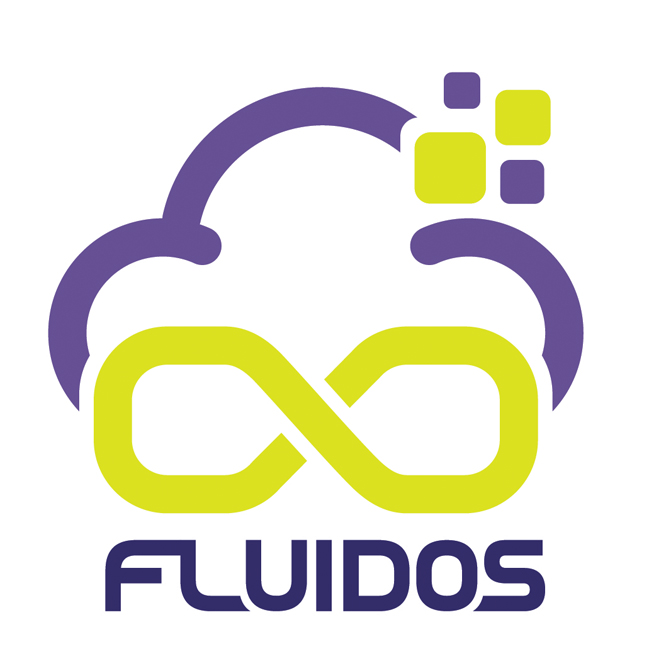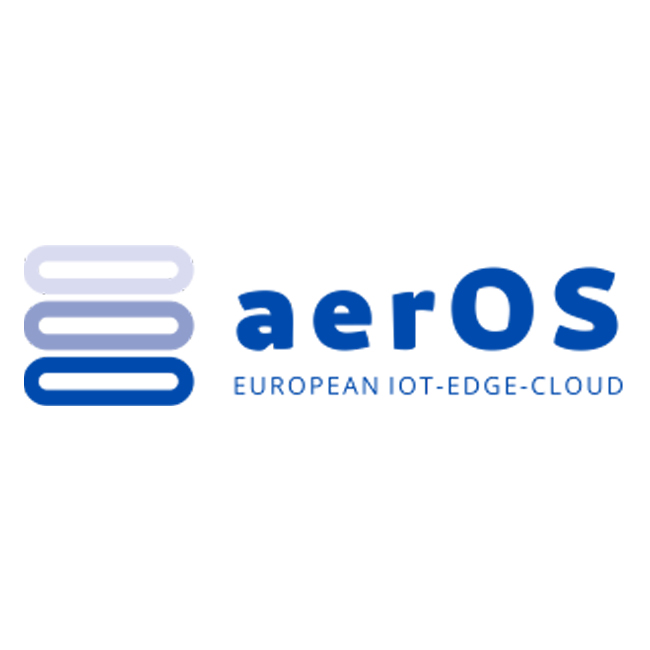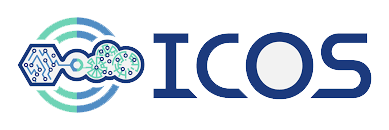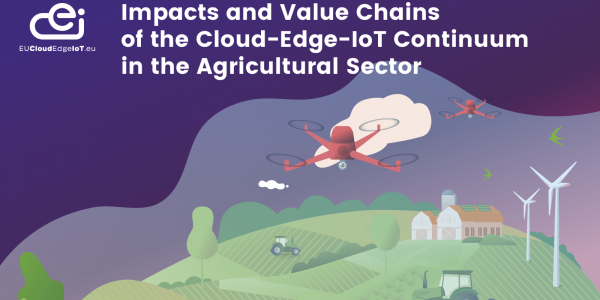The agriculture industry is far smaller than the others in terms of employment, but it is strategically important, critical for European society’s well-being, and it accounts for the largest share of land use in Europe, amounting to 39.1% of total EU land in 2018, according to Eurostat[1]. The EU’s agricultural industry created an estimated gross value added of EUR 222.3 billion in 2022. The distributed geographical nature and low density of workers in the agriculture industry are key reasons this industry needs to adopt CEI solutions.
This sector extensively uses animal tagging and increasingly uses field monitoring to optimise yields. Agricultural machinery is connected and smart, and it is moving toward autonomous operations. But much of the agricultural land has limited cellular network coverage. As a result, this industry is continuing to develop IoT use cases, using edge computing (such as systems onboard farm machinery) for automation and local analytics, as well as connecting to cloud resources for analysis across territories and asset fleets. The unique nature of the industry and strong adoption of CEI solutions make agriculture a strong candidate for evaluation in the context of CEI.
[1] https://ec.europa.eu/eurostat/statistics-explained/index.php?title=Land_use_statistics
The following “Industry Spotlight Use Cases” sections are curated based on comprehensive surveys conducted by IDC in 2023, targeting market and industry professionals across Europe. The examples accompanying each spotlight use case category are derived from use cases executed by the Research and Innovation Action teams within the EUCloudEdgeIoT community. As research progresses, we will continue to update this information to reflect the latest findings and developments.
Spotlight use case categories

Asset Tracking and Monitoring
Agricultural organizations manage livestock, equipment, vehicles, facilities and other assets, which may be distributed across wide areas. Asset tracking enables these assets to reduce losses and thefts and to reduce the time and costs required for location and recovery. These solutions also enable improved veterinary care for animals and predictive maintenance for equipment, thereby reducing costs and increasing productivity. Asset tracking is a core use case in agriculture. According to the market analysis results, 50% of agriculture users already using some kind of solution for asset monitoring, maintenance and repair. other use-cases such as asset location monitoring, livestock monitoring, and animal tagging are also among the most adopted use-cases in this category. Due to the distributed nature of the assets, many such solutions incorporate tracking devices on livestock or equipment which connects over short-range wireless, cellular, LPWAN or satellite connection to central resources in the cloud or a data centre. In some cases, edge gateways may be utilized to collect and clean data before transmitting to the cloud. And because many agricultural fields and facilities are in rural areas, they may have limited connectivity, which may lead to some deployment of edge compute resources in or near those facilities.
Sub-category use-cases
- Asset tracking
- Fleet management
- Animal tagging, tracking and monitoring
- Equipment monitoring; predictive maintenance
- Animal health monitoring for veterinary care
Projects use-cases
Smart Viticulture
Concept
Enabling smart farming for viticulturalist using Terraview’s climate SaaS platform bringing data from multiple sources with proprietary AI/ML pipelines to help create intelligence for the practitioners on the ground, to make better decisions, leveraging the best computing resources available at the edge and in the cloud.
Benefits:
Leverage FLUIDOS to simplify the deployment of ICT services across the IoT-edge-cloud continuum and the process for critical decisions on the ground using intelligence from various sources, automatized data and analytics with connected reports, automatic alert response system, increased efficiency of workforce, improved health of crops and reduced loss of vines, decreased use of chemicals.

Equipment Automation
Agricultural equipment manufacturers are adding sensors to farm machinery to enable increasing automation. For example, tractors can automate steering, speed, and raising and lowering of implements to ensure more accurate and reliable turns, aiding the operator and ensuring higher yield. Such automation utilizes sensors and AI for maximum precision in farm operations. Automation has the potential to deliver large efficiency gains to the industry. Equipment automation is a mostly nascent use case. Over time, it is expected to become more widespread within the offerings of the equipment suppliers. Equipment automation requires far more advanced hardware, software and analytics. Equipment automation requires extensive data processing and analytics on the machines themselves, resulting in significant usage of edge computing. However, these machines are also connected to central management systems and to the manufacturer's cloud for maintenance and other services.
Sub-category use-cases
- Automated tractors and farm equipment
- Turn automation
- Automated irrigation systems
- Milking and feeding systems
Projects use-cases
HPC Platform for Connected & Cooperative Mobile Machinery
Concept
Tractors and other mobile equipment across road (or crop fields, etc.) collect location, network status and surrounding environmental data and process in (semi)real time instructions from cloud control centre. The establishment of a computing continuum would allow to implement a swarm that would optimise M2M cooperation and coordination among platooning machines.
Benefits
Achieving the continuum would clearly improve the end user experience. A jointly working cloud control system with local computing capacity running management workloads over cooperating machinery. Efficiency and optimisation of the on-board equipped computing capacity would be achieved through the proof-of-concept for a partial or full automation of a vehicle swarm operating safely and securely.

Precision Agriculture
Precision agriculture combines data from various sources to optimise localised actions like irrigation and pest control. It increases yields, efficiency and decreases labour costs. It involves centralised cloud analysis, edge gateways, and heavy edge computing for specific components.
Sub-category use-cases
- IoT for visual inspection
- Drone-based inaging
- AI-based imagery analysis
- Machinery automation; precision spraying
- Agricultural robots; agricultural field monitoring
- Fleet management
Projects use-cases
Agriculture Operational Robotic Platform (AORP)
Concept:
Further development of digital and robotic systems based on data exchange ecosystems and services based on their semantic processing to provide knowledge and tools that will increase efficiency, ensure safety, and confirm product quality in the supply chain, while reducing costs and providing valuable and up to date information to farmers.
Benefits:
Optimizes farming with agro robots (Agbots). Agbots are used for precision agriculture to develop processes on farms reducing operating costs, improving awareness of technology potential impact, digital competences, improves effective use of resources as well as reduces the amount of used plant protection products.
Smart Farming Precision Bio-spraying
Concept:
The use case leverages idle IoT devices in the field. The goal is to reduce the tasks sent to the cloud provider, significantly reducing costs, and optimizing time and task completion. NebulOuS will provide efficient task scheduling and secure data transmission, adapting to network bandwidth and connection stability. NebulOuS technology allocate data streams propagation and processing across diverse micro local clouds, private clouds, public clouds and edge resources.
Benefits:
NebulOuS technology will enable to allocate some of the data streams propagation and processing to a combination of heterogeneous micro local clouds, private clouds, public clouds as well as edge resources, increasing the transfer of valuable data at the same cost.
By doing this, NebulOuS platform will optimize processing jobs that can be time-critical like pattern recognition for spotting low vegetation areas that do not need any fertilizer, or post-operational analysis applications like leaf pattern recognition for spotting certain diseases.
Smart Farming Precision Bio-spraying
Concept:
Aerial Precision Bio-Spraying – micro-clima data collected via Synelixis SynField® IoT nodes and real-time video analysis of olive groves from visual and multi-spectral cameras on drones.
Terrestrial Precision Bio-Spraying – Autonomous robots collect images for locating weeds and enabling optimal precision spraying with organic insecticide.
Both cases rely on ML models, running on the drones/robots, trained through Cybersecure Federated Deep Reinforcement Learning (CF-DRL) and flexible training across the IoT, edge and cloud resources.
Benefits:
Increased energy efficiency through flexible deployment of services IoT-edge-cloud continuum
Reduction of CO2 emissions by moving operations closer to the edge or better exploiting green energy availability
Enhancement of precision bio-spraying with advanced multimodal ML models, lead to cost benefits for the farmer






